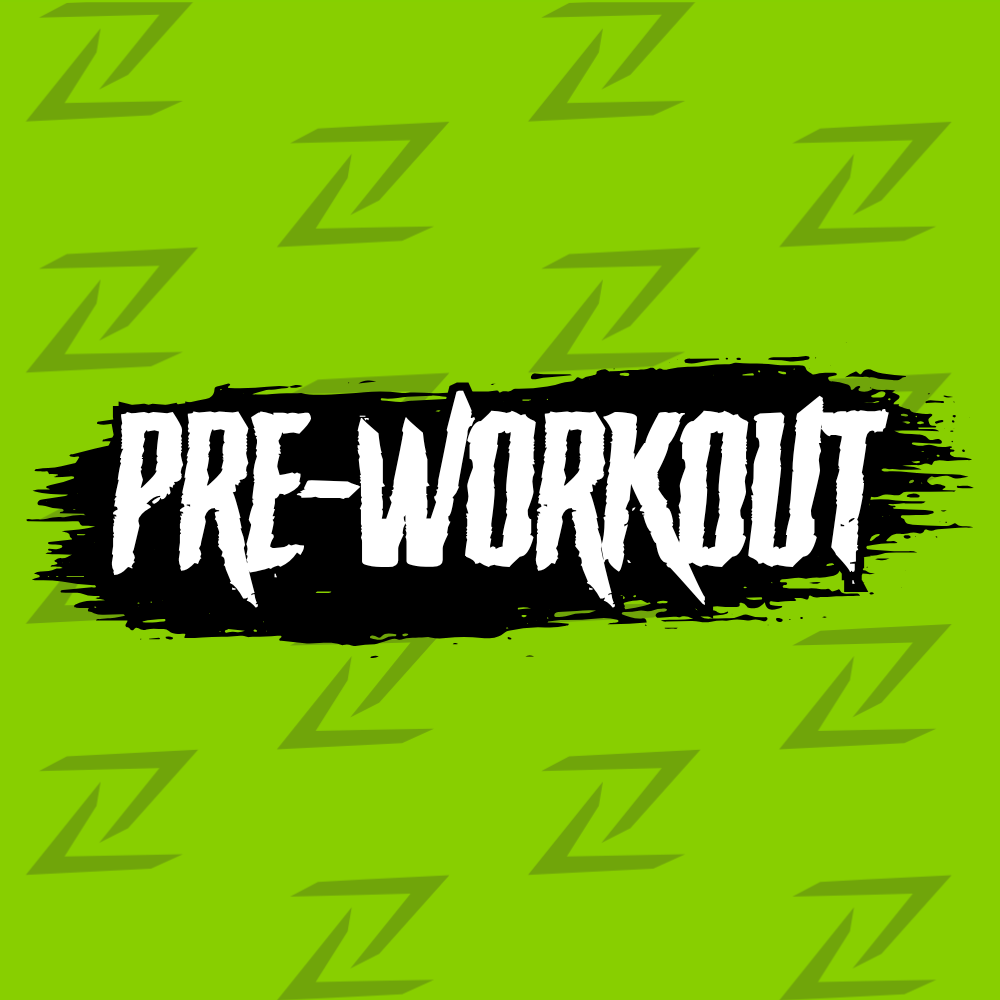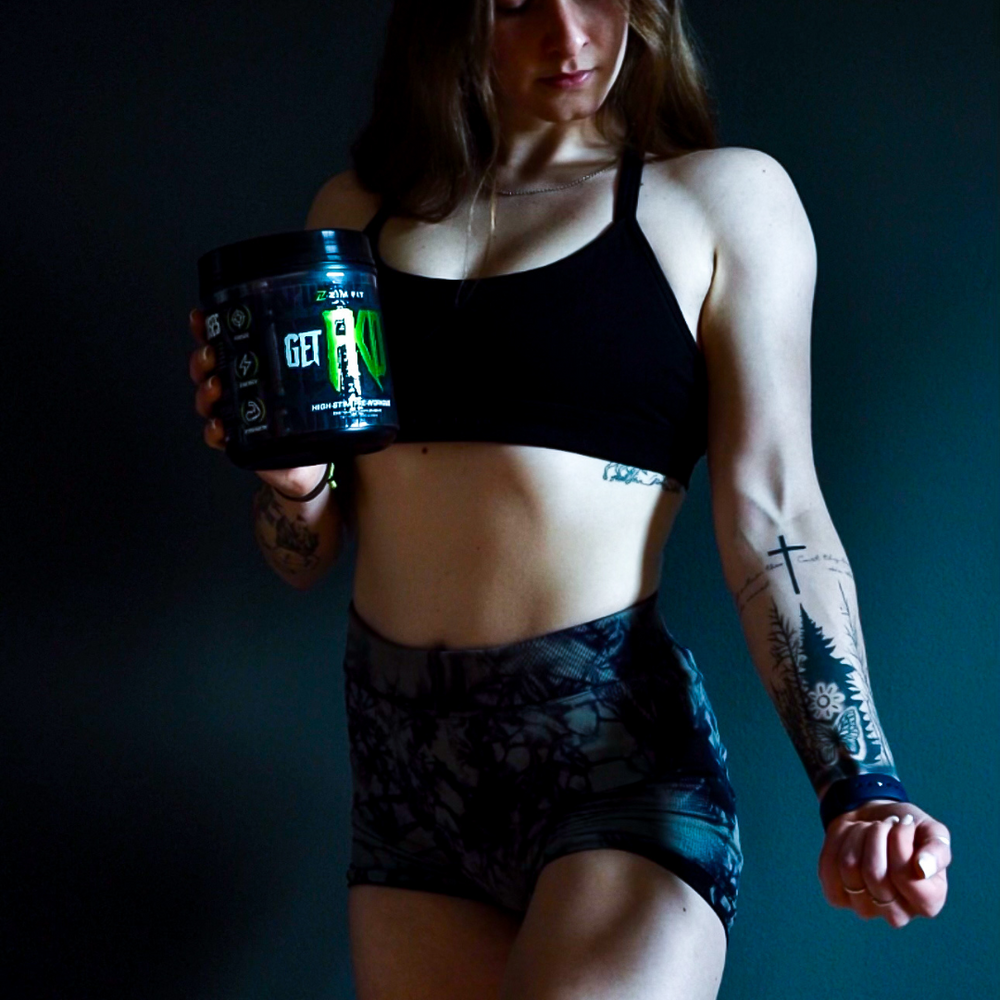Static vs. Dynamic Stretching: When to Use Them and Their Benefits
Let's get things started...
Stretching is a key part of any fitness routine, but knowing when and how to stretch can make all the difference. At ZIM FIT, we’re here to help you understand the benefits of static and dynamic stretching and how to use them effectively.
What is Static Stretching?
Static stretching involves holding a stretch in one position for a period, usually between 15 to 60 seconds. It’s typically done after a workout or as part of a cool-down routine.
Benefits of Static Stretching
- Increased Flexibility: Holding a stretch helps lengthen muscle fibers, improving flexibility over time.
- Reduced Muscle Tension: It helps relax muscles, reducing tension and post-workout soreness.
- Enhanced Relaxation: Static stretching can be calming, promoting relaxation and a sense of well-being.
- Improved Range of Motion: Regular static stretching can lead to better joint range of motion, beneficial for both daily activities and athletic performance.
What is Dynamic Stretching?
Dynamic stretching involves moving parts of your body through a full range of motion in a controlled manner. These stretches are usually done before a workout to prepare your muscles for activity.
Benefits of Dynamic Stretching
- Increased Blood Flow: Dynamic stretching boosts blood flow to your muscles, warming them up and making them more pliable.
- Improved Performance: By mimicking workout movements, dynamic stretching can enhance performance and coordination.
- Reduced Risk of Injury: Warming up muscles with dynamic stretches can lower the risk of strains and other injuries.
- Enhanced Mobility: Dynamic stretches improve range of motion and overall mobility, preparing your body for physical activity.
When to Use Each Type of Stretching
Pre-Workout: Dynamic Stretching Dynamic stretching is perfect before a workout. Think leg swings, arm circles, and walking lunges—these stretches get your body ready for exercise.
Post-Workout: Static Stretching After your workout, static stretching helps cool down your muscles and reduce soreness. Hold stretches like the hamstring stretch, quad stretch, or shoulder stretch to aid recovery and improve flexibility.
Conclusion
Incorporating both static and dynamic stretching into your routine can offer comprehensive benefits. Start with dynamic stretches to prepare your body for activity, and finish with static stretches to promote recovery and flexibility. At ZIM FIT, we’re committed to supporting every aspect of your fitness journey. Remember to stretch it out—your body will thank you!








Leave a comment